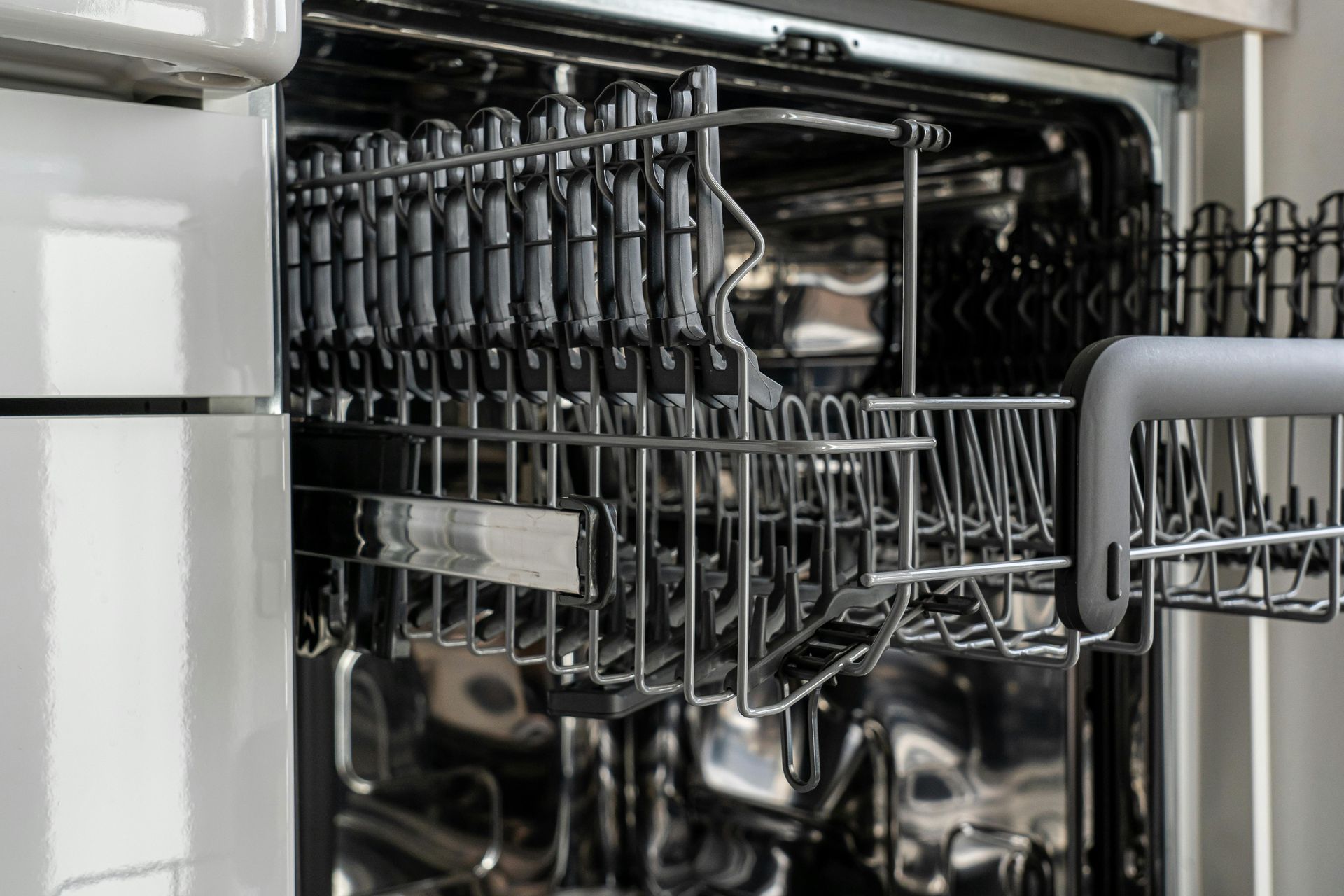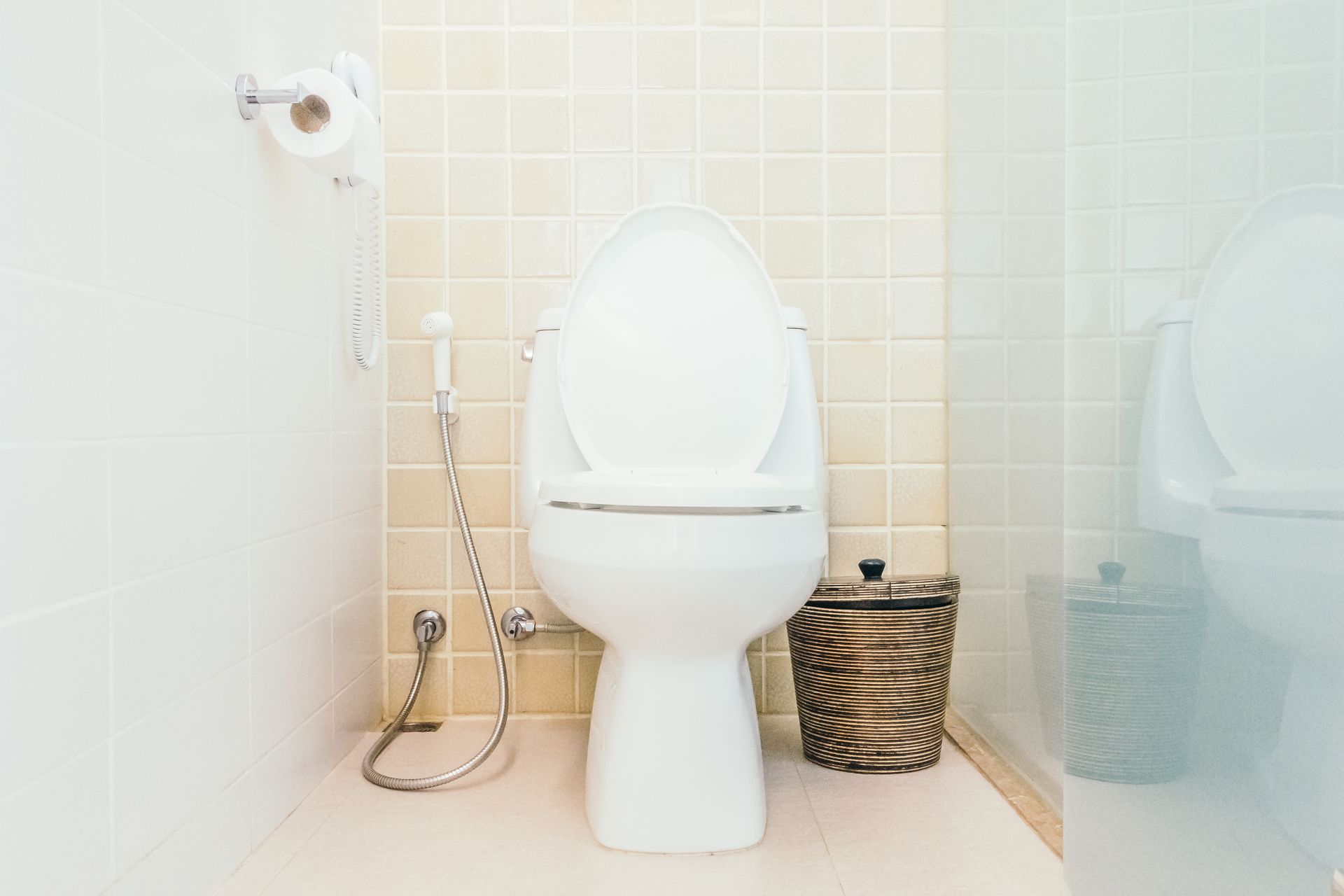The Benefits Of Installing A Water Filtration System
Water is fundamental to life, and ensuring its purity is essential for health, comfort, and the longevity of household systems. Installing a water filtration system in your home offers numerous advantages, ranging from improved water quality and health benefits to financial savings and environmental protection. This detailed article explores the multifaceted benefits of water filtration systems and why they are a worthwhile investment for any homeowner.
Improved Water Quality and Safety
One of the primary reasons to install a water filtration system is to significantly enhance the quality of the water you consume and use daily. Municipal water supplies, while treated, often contain residual chlorine, heavy metals such as lead and mercury, pesticides, and other contaminants that can affect taste, odor, and safety. A filtration system removes or reduces these harmful substances, providing cleaner, safer water for drinking, cooking, and bathing.
Filtered water tastes fresher and smells better, encouraging greater hydration and healthier cooking outcomes. Moreover, removing chlorine and other chemicals reduces the risk of skin irritation and allergic reactions, promoting overall well-being. By filtering out bacteria and parasites, these systems also lower the risk of gastrointestinal illnesses and long-term health complications associated with contaminated water.
Health and Wellbeing Advantages
Beyond immediate safety, water filtration systems contribute to long-term health improvements. Exposure to heavy metals like lead, which can leach from aging pipes, poses serious risks including neurological damage and developmental issues. Filtration systems help eliminate these toxins, protecting vulnerable populations such as children and the elderly.
Filtered water also supports skin and hair health by removing harsh chemicals that can cause dryness and irritation. Many users report softer skin and shinier hair after switching to filtered water. Additionally, by enhancing hydration through better-tasting water, these systems indirectly support metabolic functions, kidney and liver health, and overall vitality.
Protection and Longevity of Home Appliances and Plumbing
Unfiltered water often contains minerals and sediments that accumulate inside plumbing systems and household appliances. This buildup, commonly known as limescale or scale, can clog pipes, reduce water flow, and impair the efficiency of water heaters, dishwashers, washing machines, and coffee makers. Over time, mineral deposits cause corrosion and damage, leading to frequent repairs or premature replacement.
A whole-home water filtration system acts as a barrier, removing sediments and minerals before they enter your plumbing and appliances. This protection extends the lifespan of your water-using devices, improves their energy efficiency, and reduces maintenance costs. For example, water heaters with filtered water require less energy to heat water and are less prone to breakdowns caused by scale buildup.
Cost Savings and Environmental Benefits
Though installing a water filtration system involves an upfront investment, it translates into substantial long-term savings. By reducing the need for bottled water, you save money while also minimizing plastic waste, contributing to environmental sustainability. The convenience of having clean, filtered water available at every tap eliminates the recurring expense of purchasing bottled water.
Moreover, the protection of appliances and plumbing reduces repair and replacement costs. Softened and filtered water improves the effectiveness of soaps and detergents, meaning you use less product, which further saves money and reduces chemical runoff into the environment.
Convenience and Comprehensive Home Coverage
Unlike point-of-use filters that treat water only at specific faucets, whole-home filtration systems provide clean water throughout your entire residence. This means every tap, shower, and appliance benefits from filtered water, ensuring consistent quality and safety. This comprehensive coverage enhances your family's health and comfort while simplifying maintenance by centralizing filtration in one system.
Addressing Plumbing Concerns and System Efficiency
Water filtration systems can also indirectly help maintain optimal plumbing function. For instance, if you ever encounter plumbing issues such as reduced water flow or pressure, knowing what to do if your water pressure drops suddenly is crucial. Sometimes, sediment buildup or mineral deposits from unfiltered water can contribute to such problems. Filtration helps prevent these issues by keeping pipes cleaner and reducing the risk of clogs and corrosion.
Enhanced Taste and Culinary Benefits
Filtered water significantly improves the taste of beverages and food prepared with tap water. Coffee, tea, soups, and sauces all benefit from the absence of chlorine and other off-flavors. This enhancement is especially valuable for cooking enthusiasts and families who prioritize healthy, flavorful meals.
Environmental Preparedness and Safety
A whole-home water filtration system serves as a first line of defense against potential failures in municipal water treatment. In cases where the public water supply is compromised by contamination or natural disasters, having a filtration system in place ensures your family continues to receive safe water. This preparedness adds peace of mind and an extra layer of protection for your household.
Conclusion: A Wise Investment for Health, Home, and Environment
Installing a water filtration system offers extensive benefits that touch on health, convenience, financial savings, and environmental stewardship. From providing safe, great-tasting water to protecting your plumbing and appliances, the advantages are compelling and multifaceted. By investing in filtration technology, you enhance your family’s quality of life while contributing to a more sustainable future.
If you are considering upgrading your home’s water quality, consulting with a reputable plumbing professional can help you select the right system tailored to your needs. Understanding the full scope of benefits and maintenance requirements will ensure you maximize the value and longevity of your investment.
If you experience any issues with your water system, such as unexpected changes in flow or quality, knowing what to do if your water pressure drops suddenly can help you take timely action and protect your home’s plumbing infrastructure effectively.











